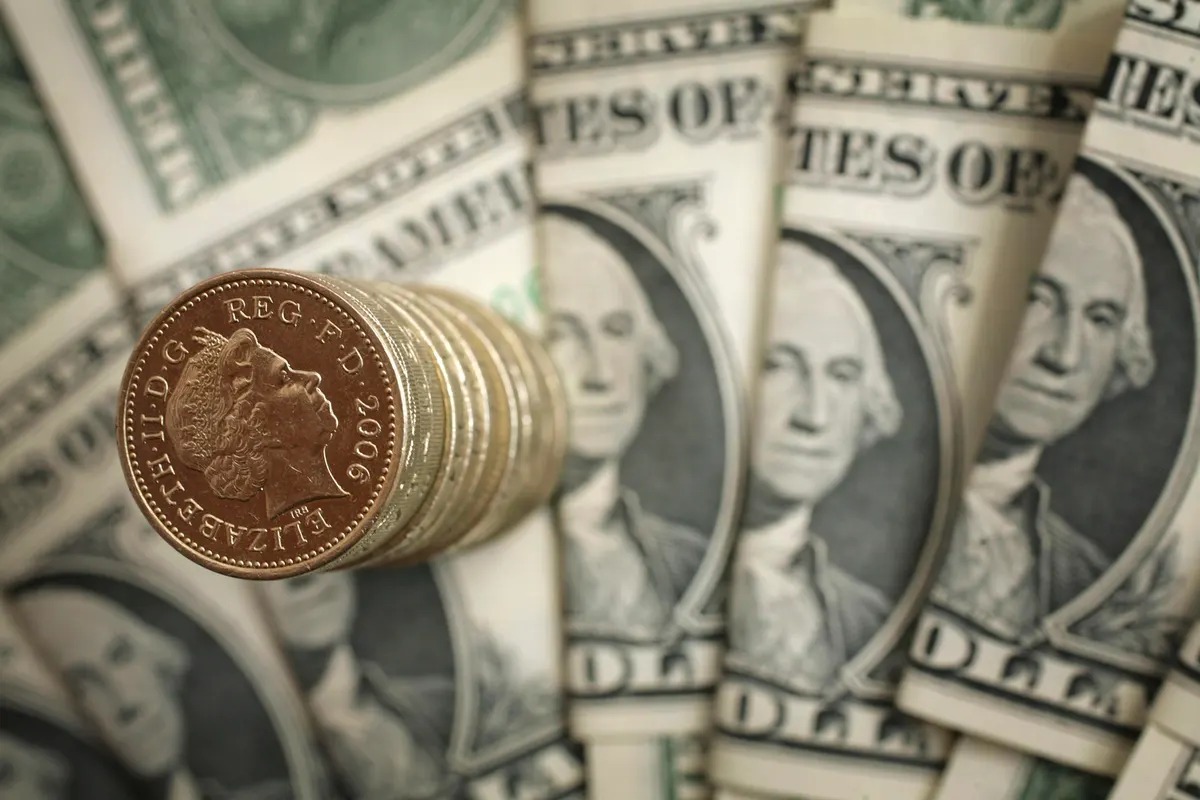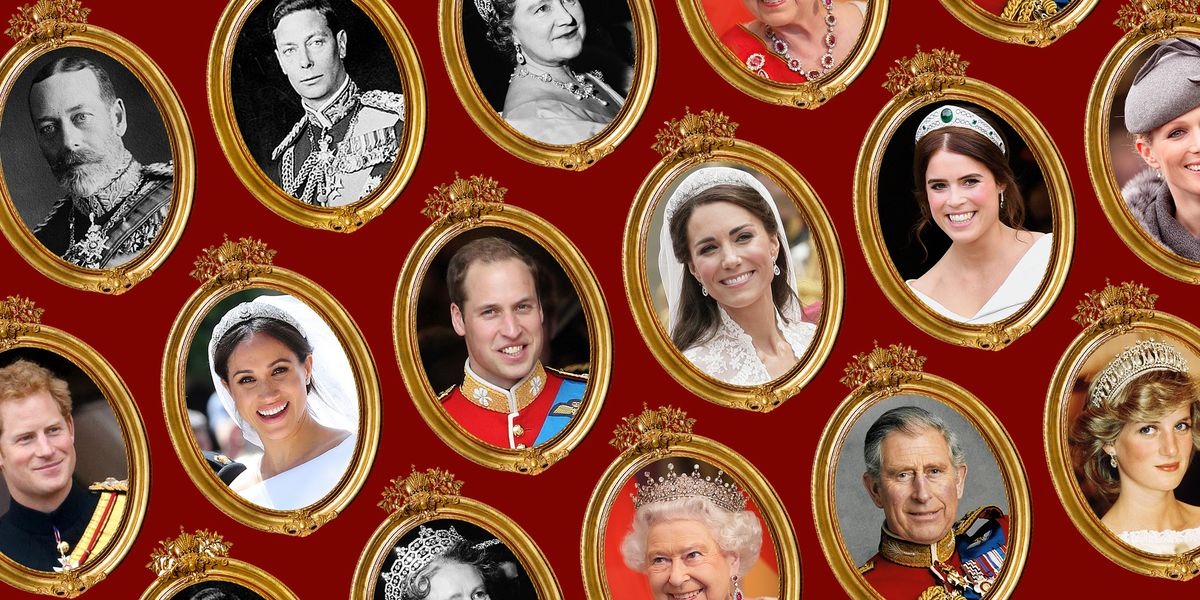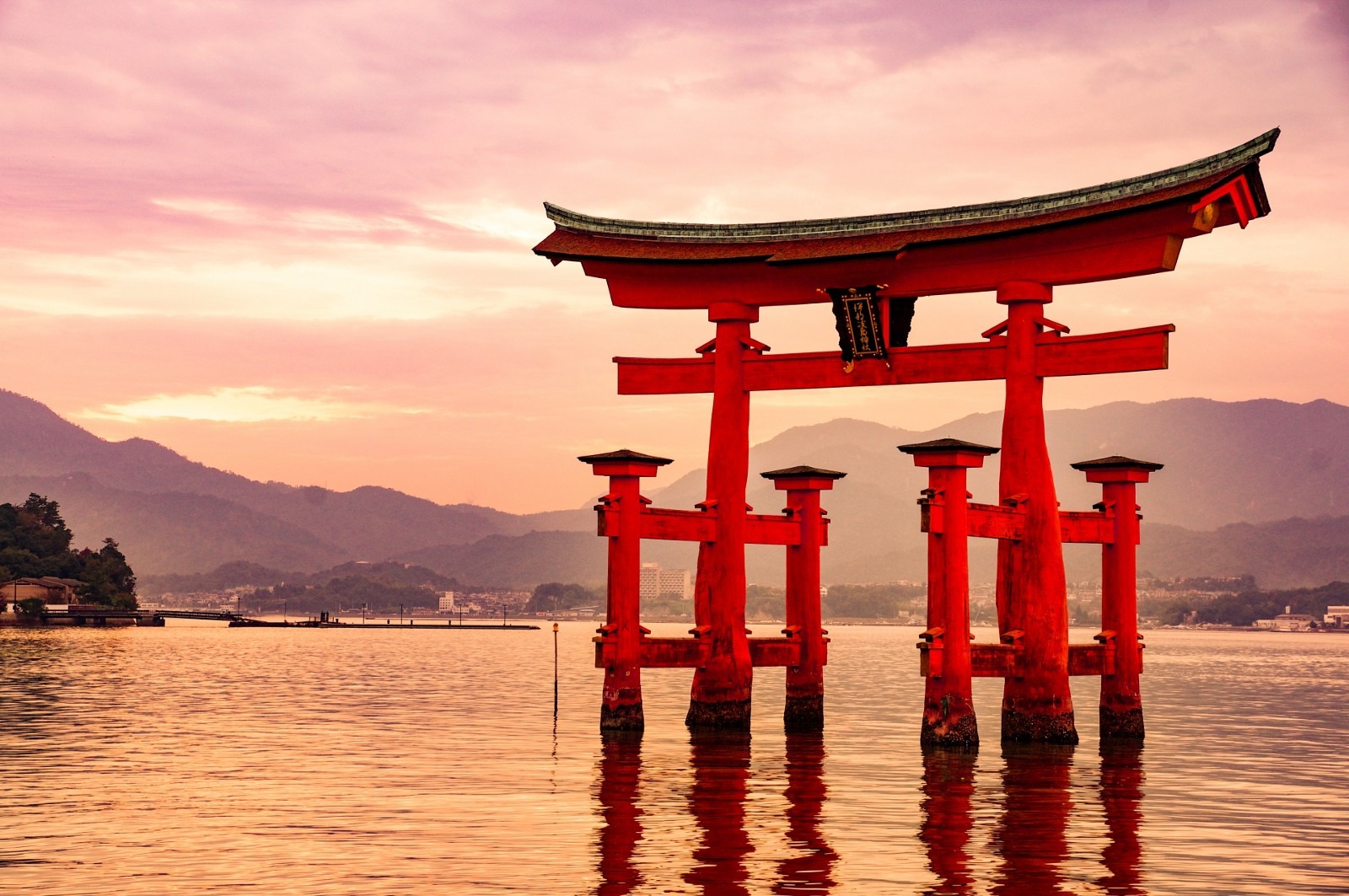Number One: Early Money
Long before money was invented, people were quite happy making, doing, and growing things from one another in small communities. They could largely remember the payments and receipts of what was exchanged, keeping tabs or tallies of these exchanges helped with a key requirement, which was to record who had been paid and who was still owed. But as communities grew, so did the number of exchanges. People created things for the common good, and rulers began to impose taxes, making accounting increasingly hard to keep track of. IOU notes might have been a neat solution, but unless you knew the individual issuer personally, they were hard to enforce or verify. So instead, people started to use objects such as whale’s teeth as a kind of IOU. This intermediate step in the exchange process meant that people were free to trade with anyone, and they could even store up purchasing power for later use with their redeemable IOU tokens. So at the same time that humans invented money, they’d also invented debt.
Number Two: Metal Money
Once people started using money to facilitate trade, whether in the form of shells, barley, feathers, or whale’s teeth, some useful characteristics of money became apparent. Barley, for example, is heavy to carry, so not portable or even durable. Whale’s teeth, neither, are too big to split into two, so not easily divisible. Shells can be picked up on any beach, so not exactly scarce. And if the token standing as money doesn’t have much intrinsic value, like feathers, it’s hard to trade outside your immediate community. Another noticeable feature of money was that having a lot of it made you powerful, and power could get you a lot of it. So kings hit on the idea of minting coins from precious metals, stamping them with an emblem that guaranteed their weight and value. Metal money ticked all the money boxes, and because it had intrinsic value, it could be used to trade with other communities. But the success of metal money brought temptation, and sovereigns soon realized that by slimming down the coins or slipping cheaper base metals into the mix, they could make money by circulating debased currency worth less than face value.
Number Three: Paper Money
Carrying around large quantities of coins could be exhausting work, and it was early Chinese rulers that hit on the idea of keeping their heavy coins back in the palace and issuing IOU certificates on paper for long-distance trading. Although the paper had no intrinsic value, people trusted that it was worth what it said it was worth, and they could always exchange it for gold or silver, or the coins it represented. As global trade grew, the idea of paper money caught on, but traders and lenders were concerned that it was a bit too easy just to print money. So they tried to link the value of money to the value of gold, which had the benefit of creating a standard for exchange between different currencies. Attempts to peg currencies to a fixed gold standard continued for centuries, but the need for flexible exchange rates always prevailed. And since the early 1970s, the world has stopped trying to keep to a gold standard. So today, the only thing that distinguishes the value of a banknote from any other paper is trust.
Number Four: Controlling Money
Years ago, on the Pacific island of Yap, the nearest thing to gold was the rai stone, notable for its enormous size and weight. From the day the chiefs decided to ask their taxes in rai stones, it meant that for all taxpayers, the currency became universal, unavoidable, and under the control of the chief. The most valuable rai stones were just so heavy that the Yap population tended to leave their currency in one place and then trade effectively in promises. Any trader who owned a rai stone on Yap could issue a promissory note against the value of their stone, and thus, banking was born. And once the chiefs accepted these promissory notes instead of rai stones for their taxes, they effectively lost control of the amount of money in circulation—the money supply.
Number Five: Money and Inflation
In the 16th century, Spain brought home massive additional supplies of precious metals from the colonies. But what seemed like a dream come true and should surely have boosted trade turned sour when traders simply put up the price of their goods to match this new purchasing power. So the returning explorers were no better off, and those without the new gold were even worse off. It was only those who had debts which had, in effect, got smaller who were actually better off. This was the first appearance of a theory: with too much money chasing too few goods can cause inflation. Unless, that is, traders produce more goods, or unless the newer, bigger money supply circulates less rapidly by people saving more, either because they are rich enough or because they’re particularly gloomy about the future.
Number Six: International Money
In the 18th century, the British forced their colonies in America to pay their taxes in pounds, and they made it illegal for the British colonies to print their own money. This meant that the colonies were forced to trade with the motherland to access the currency. According to Benjamin Franklin, the American War of Independence was caused by the sheer burden of British taxation and the disadvantageous trade needed to access British pounds. And the hard-won freedom after the war allowed the Americans to create the American dollar, which, because of the country’s vast trade and trustworthy tax base, eventually became the most widely used currency on the planet, leading many countries, including Britain, to store large reserves of dollars. But by choosing to keep a reserve currency in dollars, the UK ceded at least some power back to those runaway Americans.
Number Seven: Money and Building Banks
By the 19th century, banking had become a thoroughly respectable business. Making a profit by basic money lending, banks paid a lower rate of interest for the money they took in than they charged on the money they loaned out. But the banks soon realized that as long as depositors didn’t all ask for their money at once, they could, in fact, lend out many times more money than they had on deposit. This is known as fractional reserve banking. On rare occasions when depositors all tried to get their money out at once, there was a run on the bank, and the effect on the wider economy was so serious the government started to ensure customers’ deposits to prevent it happening and thereby enabling banks to loan out more and more. By the 21st century, some banks had taken fractional reserve banking to a whole new level, funding most of their loans not from cash deposits from savers, but with loans from other banks, often secured against bundles of previous loans. So when there was a run on the bank in 2007, banks like Northern Rock not only didn’t have enough money to pay out, but the effect went way beyond just one bank.
Number Eight: Money and Saving the Banks
To understand how governments tried to prevent global financial meltdown after 2008, economists distinguished between two kinds of money. Money created by banks inside the banking system, and money created by governments outside the banking system. When a bank creates money by making a new loan, the bank acquires a new private asset—the loan—with an equivalent private liability to the borrower to pay it. This is money created inside the banking system. Governments can create money by selling new bonds. These bonds go into circulation as new private assets, but there is no equivalent private liability to pay them. Instead, this outside money is added to the public debt, although it’s normally a very small percentage of total money in the economy. It was this outside money that was used to buy up the banks’ bad private debts and write them off. The private sector retained its wealth with new assets inside the system, supported by government with public debt from outside the system.
Number Nine: The Power of Money
Since the last traces of a gold standard disappeared in 1973, the world has carried on trading in U.S. dollars, even though these aren’t backed by anything of intrinsic worth. The US government’s decision to borrow billions for its bank rescue and stimulus plan dramatically increased the supply of dollars, and some predicted that this would lead to a big fall in the dollar’s value on the basis that economies which print money so they can consume more than they produce will suffer price inflation and exchange rate depreciation. But six years on, this still hasn’t happened. Why then does the dollar retain its value? Perhaps with so much of the world holding its wealth in U.S. dollar assets, people simply have faith that the dollar will retain its value, and the knowledge that so many others share that faith reinforces the general optimism that the dollar will stay strong.
Number Ten: Future Money
Minted coins and paper money, once the cutting edge of technology, are now used in only 2% of transactions. Credit card and electronic banking technology has enabled massive global transactions to take place in the fraction of a second. And digital technology is enabling new currencies to be created: Linden dollars, Bitcoin, and other cryptocurrencies, which exhibit the enduring characteristics of money—being hard to forge, durable, portable, divisible, and limited in supply—and which may even challenge the power of government-backed money. But until a government accepts taxes in bitcoins or other privately issued currencies, or banks start lending in them, they are not much different from any other token, such as whale’s teeth. One sign that a new form of money has become important will be when governments and banks try to control it.



